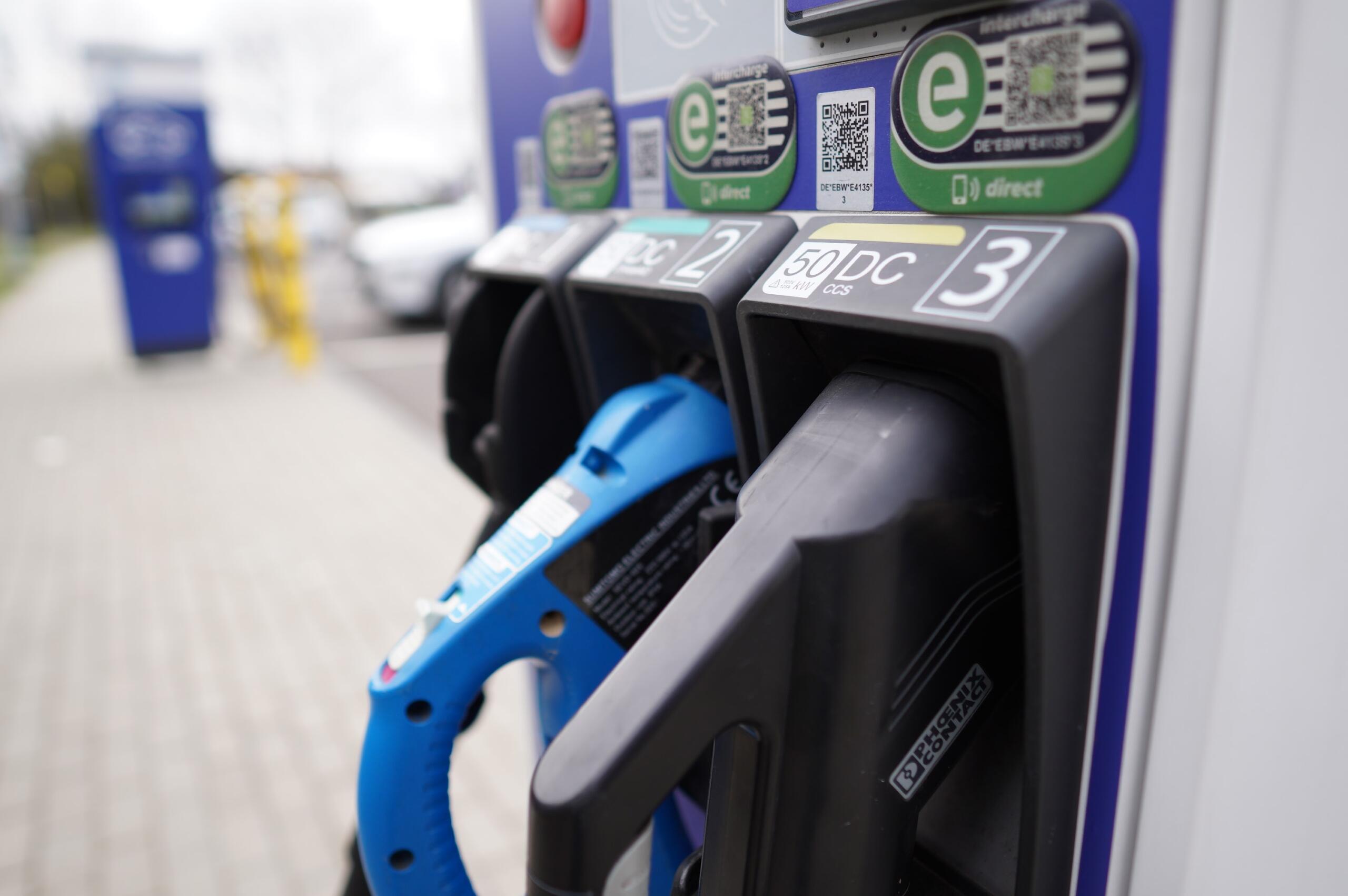A common question or topic of debate is around what is happening with CHAdeMO chargers in Ireland. W...

A common question or topic of debate is around what is happening with CHAdeMO chargers in Ireland....
With the current market conditions, there is a lot of focus on fully electric vehicles (BEVs)...